North America, a vibrant and diverse continent, is home to some of the world’s most bustling urban centers. This article explores the largest cities in North America by population, offering a glimpse into their unique characteristics, cultures, and contributions to the continent’s dynamic landscape. From the historic streets of Mexico City to the iconic skyline of New York City, these metropolitan giants not only shape the economy and culture of their respective countries but also influence the broader population of North America. Join us as we journey through the top ten most populous cities in this northern hemisphere.
10. Tegucigalpa
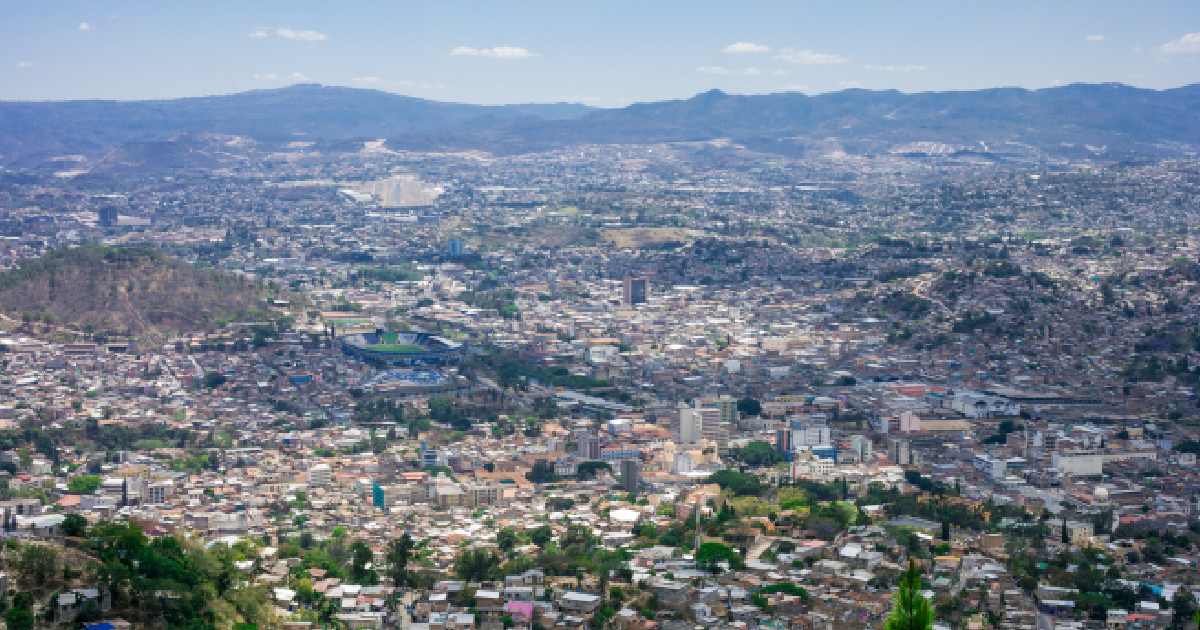
- Population: 1.7 million
- Area: 201.5 km²
- Country: Honduras
Tegucigalpa, the capital of Honduras, is a city that thrives on its rich history and vibrant culture. Nestled in a valley surrounded by mountains, Tegucigalpa is known for its colonial architecture, bustling markets, and warm, welcoming people. The city’s economy is driven by commerce, services, and industry, making it a central hub in Honduras.
Despite its charm, Tegucigalpa faces challenges common to many growing cities, including traffic congestion and pollution. Efforts are ongoing to modernize infrastructure and improve living conditions, aiming to balance development with the preservation of its historical heritage. The city’s unique blend of old and new continues to attract both locals and tourists, making it a fascinating destination in Central America.
9. Montreal
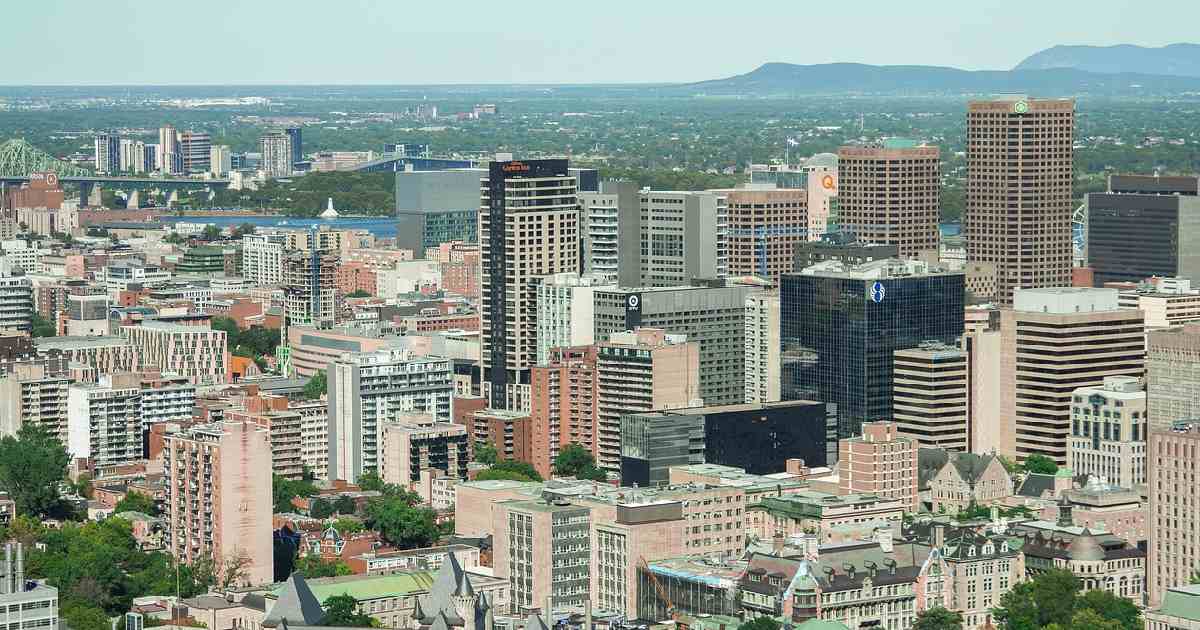
- Population: 1.8 million
- Area: 498 km²
- Country: Canada
Montreal, Quebec’s largest city, is a vibrant metropolis known for its rich history, diverse culture, and thriving arts scene. It is a city where French and English blend seamlessly, creating a unique cultural tapestry. Montreal’s architecture reflects its colonial past, with stunning old buildings standing alongside modern skyscrapers.
The city is a major economic center in Canada, with industries ranging from aerospace to technology. Montreal’s cultural scene is equally dynamic, hosting numerous festivals, concerts, and events throughout the year. Despite its northern location, the city’s underground pedestrian network allows residents and visitors to enjoy the city comfortably, even in the harsh winter months. Montreal’s blend of old-world charm and modern vitality makes it one of North America’s most intriguing cities.
8. Tijuana
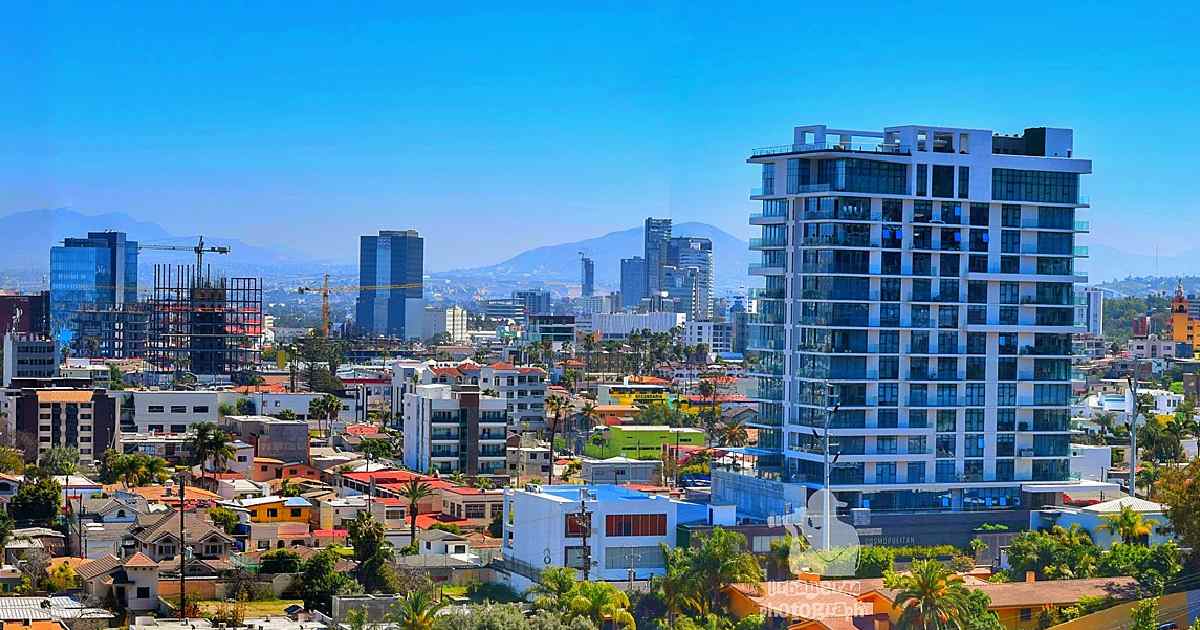
- Population: 2 million
- Area: 338 km²
- Country: Mexico
Tijuana, located just south of the U.S.-Mexico border, is a city of contrasts. Known for its vibrant nightlife and bustling markets, Tijuana is also a major manufacturing hub, contributing significantly to Mexico’s economy. The city’s strategic location makes it a vital point of entry for goods and people between the United States and Mexico.
The population of Tijuana is a melting pot, with people from all over Mexico and beyond calling it home. This cultural diversity is reflected in the city’s food, music, and festivals. Tijuana is also a growing city, with new developments and infrastructure projects underway to accommodate its expanding population. Despite its challenges, Tijuana’s resilience and dynamic spirit make it a key player among Mexican cities.
7. Havana
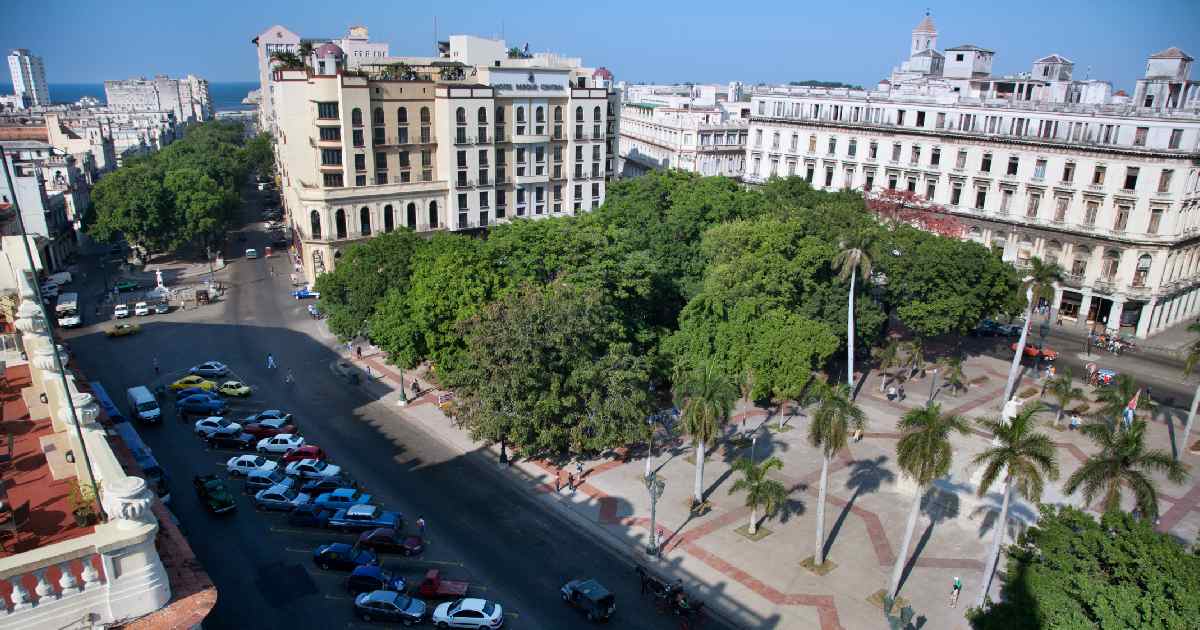
- Population: 2.2 million
- Area: 728.3 km²
- Country: Cuba
Havana, the capital of Cuba, is a city that exudes history and culture at every turn. From its colonial-era buildings to its vibrant music scene, Havana is a place where the past and present coexist harmoniously. The city’s economy is largely driven by tourism, with visitors flocking to its historic sites, beautiful beaches, and lively nightlife.
The city’s residents, known as Habaneros, are known for their warmth and hospitality. Despite economic challenges, the spirit of Havana is unbreakable, with a rich cultural heritage that includes music, dance, and art. Efforts are ongoing to restore and preserve the city’s historic areas, ensuring that Havana’s unique charm remains intact for future generations.
6. Houston

- Population: 2.3 million
- Area: 1,724.5 km²
- Country: USA
Houston, Texas, is a city known for its vastness and diversity. As the largest city in the state, Houston boasts a booming economy driven by energy, healthcare, and aerospace industries. The city’s port is one of the busiest in the world, further cementing its role as a global economic powerhouse.
Houston’s cultural scene is equally impressive, with world-class museums, theaters, and a vibrant music scene. The city’s diverse population contributes to a rich tapestry of cultures and cuisines, making Houston a gastronomic delight. Despite its rapid growth, Houston faces challenges such as traffic congestion and urban sprawl, but ongoing efforts aim to make the city more sustainable and livable.
5. Chicago

- Population: 2.7 million
- Area: 606.4 km²
- Country: USA
Chicago, known as the Windy City, is a vibrant metropolis with a rich history and diverse cultural landscape. Located on the shores of Lake Michigan, Chicago is a major hub for finance, industry, and transportation in the United States. The city’s iconic skyline, dominated by towering skyscrapers like the Willis Tower, is a testament to its architectural prowess.
Chicago’s population is a melting pot of ethnicities and cultures, contributing to a rich and diverse urban fabric. The city’s neighborhoods, each with its unique character, reflect this diversity. From the bustling streets of downtown to the serene parks and waterfronts, Chicago offers a dynamic living experience. Despite facing challenges such as income inequality and crime, the city’s resilience and vibrant cultural scene continue to attract people from all over the world.
4. Toronto
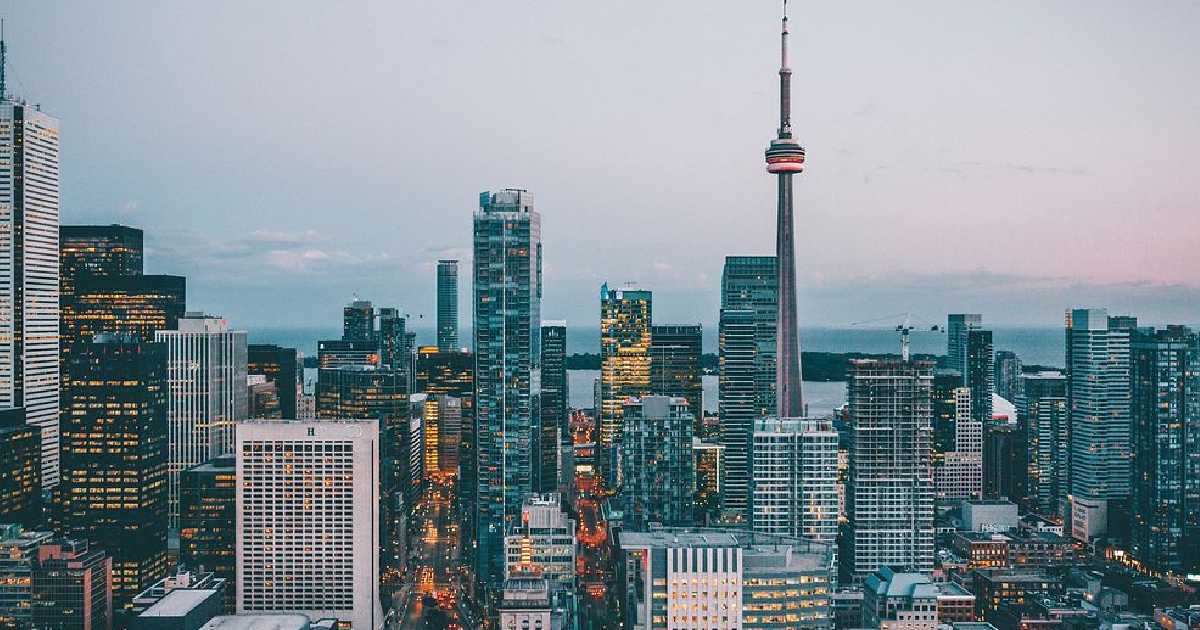
- Population: 2.7 million
- Area: 630.2 km²
- Country: Canada
Toronto, the largest city in Canada, is a global city known for its diversity and economic vitality. As a major financial center, Toronto is home to the Toronto Stock Exchange and numerous multinational corporations. The city’s multicultural population, with people from all corners of the globe, makes it a vibrant and dynamic place to live and work.
Toronto’s cultural scene is equally impressive, with world-class theaters, museums, and festivals. The city’s neighborhoods, each with its unique character, reflect the rich tapestry of cultures that call Toronto home. Despite its rapid growth, Toronto continues to prioritize sustainability and livability, with numerous green spaces and a robust public transportation system. The city’s blend of economic prowess and cultural richness makes it a standout in North America.
3. Los Angeles
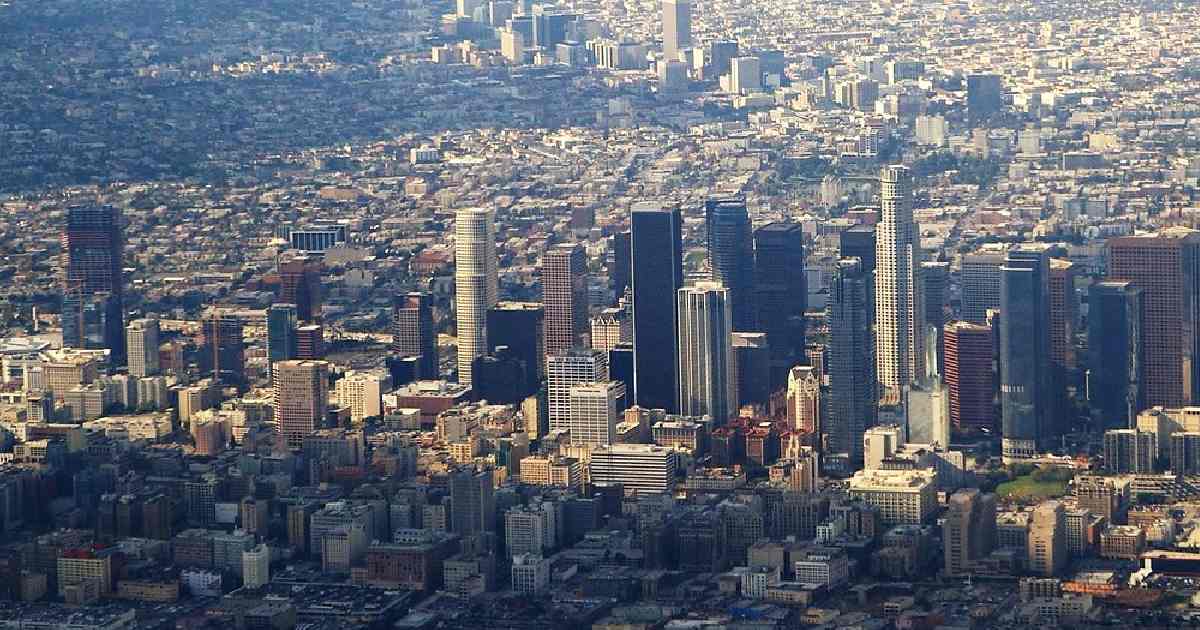
- Population: 3.9 million
- Area: 1,302.2 km²
- Country: USA
Los Angeles, often referred to as LA, is a sprawling metropolis known for its entertainment industry and cultural diversity. As the home of Hollywood, LA is a global center for film, television, and music production. The city’s economy is also driven by technology, aerospace, and international trade, making it a vital economic hub in Southern California.
LA’s population is incredibly diverse, with people from over 140 countries speaking more than 200 languages. This cultural melting pot is reflected in the city’s neighborhoods, cuisine, and festivals. Despite its challenges, such as traffic congestion and housing affordability, Los Angeles remains a city of dreams and opportunities, attracting millions from around the world.
2. New York City

- Population: 8.8 million
- Area: 1,214 km²
- Country: USA
New York City, often simply called New York or NYC, the second largest city, is a global icon known for its economic power, cultural diversity, and bustling urban life. As one of the world’s major financial centers, NYC is home to Wall Street and numerous multinational corporations. The city’s diverse population, with people from all over the globe, contributes to its vibrant cultural scene.
NYC’s neighborhoods, from the historic streets of Harlem to the trendy districts of Brooklyn, each offer a unique experience. The city’s iconic landmarks, such as Times Square, Central Park, and the Statue of Liberty, attract millions of tourists every year. Despite its size and complexity, New York City continues to thrive as a hub of innovation, creativity, and opportunity.
1. Mexico City

- Population: 9.2 million
- Area: 1,495 km²
- Country: Mexico
Mexico City, a federal entity, is the largest city in North America by population. Known for its rich history, cultural heritage, and economic significance, Mexico City is a vital hub in Latin America. The city’s historic center, a UNESCO World Heritage site, is filled with colonial-era buildings, museums, and vibrant plazas.
Mexico City’s population is diverse, with people from various parts of Mexico and the world calling it home. The city’s economy is driven by finance, commerce, and industry, making it a key player in the global market. Despite challenges such as traffic congestion and pollution, Mexico City continues to grow and evolve, offering a unique blend of tradition and modernity.
Conclusion
The largest cities in North America are dynamic and diverse, each contributing uniquely to the continent’s economic, cultural, and social landscape. From the historic streets of Mexico City to the bustling urban life of New York City, these metropolitan giants reflect the rich tapestry of cultures and experiences that define North America. The population of Northern America is expected to grow from 369 million in 2020 to 425 million by 2050.
As the population of northern America continues to grow, these cities will undoubtedly play an even more significant role in shaping the future of the continent. Whether you’re exploring the vibrant neighborhoods of Los Angeles or the historic landmarks of Havana, the largest cities in North America offer a fascinating glimpse into the continent’s past, present, and future.
The population of North America is diverse and dynamic, and the Northern American region is expected to see continued growth in its largest urban centers. Cities like San Francisco and many other populous cities across the US and Canada contribute to the thriving North American consumer class. As these urban landscapes continue to evolve, they reflect the continent’s adaptability and resilience. The Caribbean covers 23 countries, and the burgeoning cities in Central and South America also add to the rich cultural mosaic that makes this part of the world so fascinating and vital.
Frequently Asked Questions (FAQs)
What are the 5 largest cities in North America?
The five largest cities in North America by population are Mexico City, New York City, Los Angeles, Toronto, and Chicago. Mexico City, the capital of Mexico, tops the list with over 9.2 million residents. New York City follows with 8.8 million, then Los Angeles with 3.9 million. Toronto and Chicago are close, each with around 2.7 million people, showcasing the continent’s diverse urban landscape.
Is Toronto the 3rd largest city in North America?
Toronto is not the third largest city in North America; it ranks fourth. The third largest city is Los Angeles, with a population of approximately 3.9 million people. Toronto, with around 2.7 million residents, follows behind Mexico City, New York City, and Los Angeles, making it a significant but not the third-largest metropolitan area on the continent.
What is the largest metropolitan city in North America?
The largest metropolitan city in North America is Mexico City. With a population exceeding 9.2 million people, Mexico City stands out not only for its size but also for its rich cultural heritage, economic significance, and historical importance. This vast urban area serves as a central hub for politics, finance, and culture in both Mexico and the wider Latin American region.
Is Mexico City the largest city in North America?
Yes, Mexico City is the largest city in North America by population. It boasts over 9.2 million residents within its city limits, making it the most populous city on the continent. Known for its historical landmarks, vibrant culture, and significant economic influence, Mexico City is a central hub in Latin America, reflecting a blend of ancient traditions and modern advancements.
Is Toronto bigger than Chicago?
Toronto and Chicago have comparable populations, each around 2.7 million residents, but Toronto is slightly larger in area. Toronto’s urban expanse covers approximately 630.2 km², while Chicago spans about 606.4 km². Both cities are major cultural and economic centers in their respective countries, offering diverse urban experiences and vibrant cultural landscapes.

